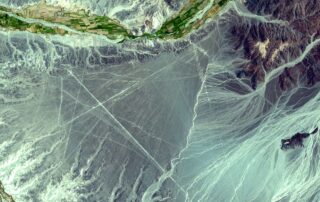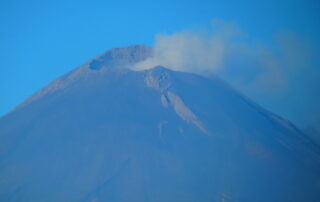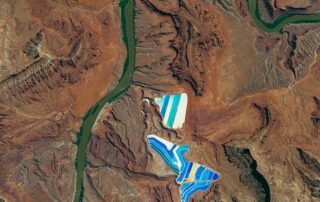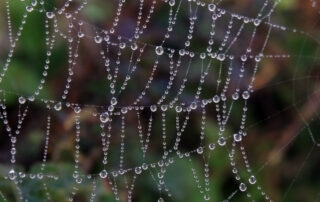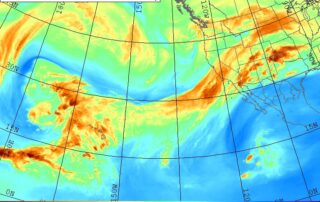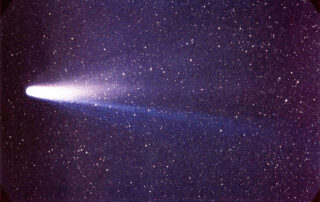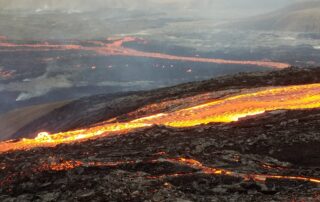Lines on American Landscapes—Geoglyphs
Geoglyphs are large designs typically longer than about 13 feet (4 m) and produced on the ground by arranging rocks or soil. They are distinctive elements of the archaeological record along the Pacific coast of the Americas, from California to Chile. The Nazca lines of Peru are famous geoglyphs of animals and geometric shapes, constructed in the arid deserts of south-central coastal Peru between about 500 BCE and 500 CE.
